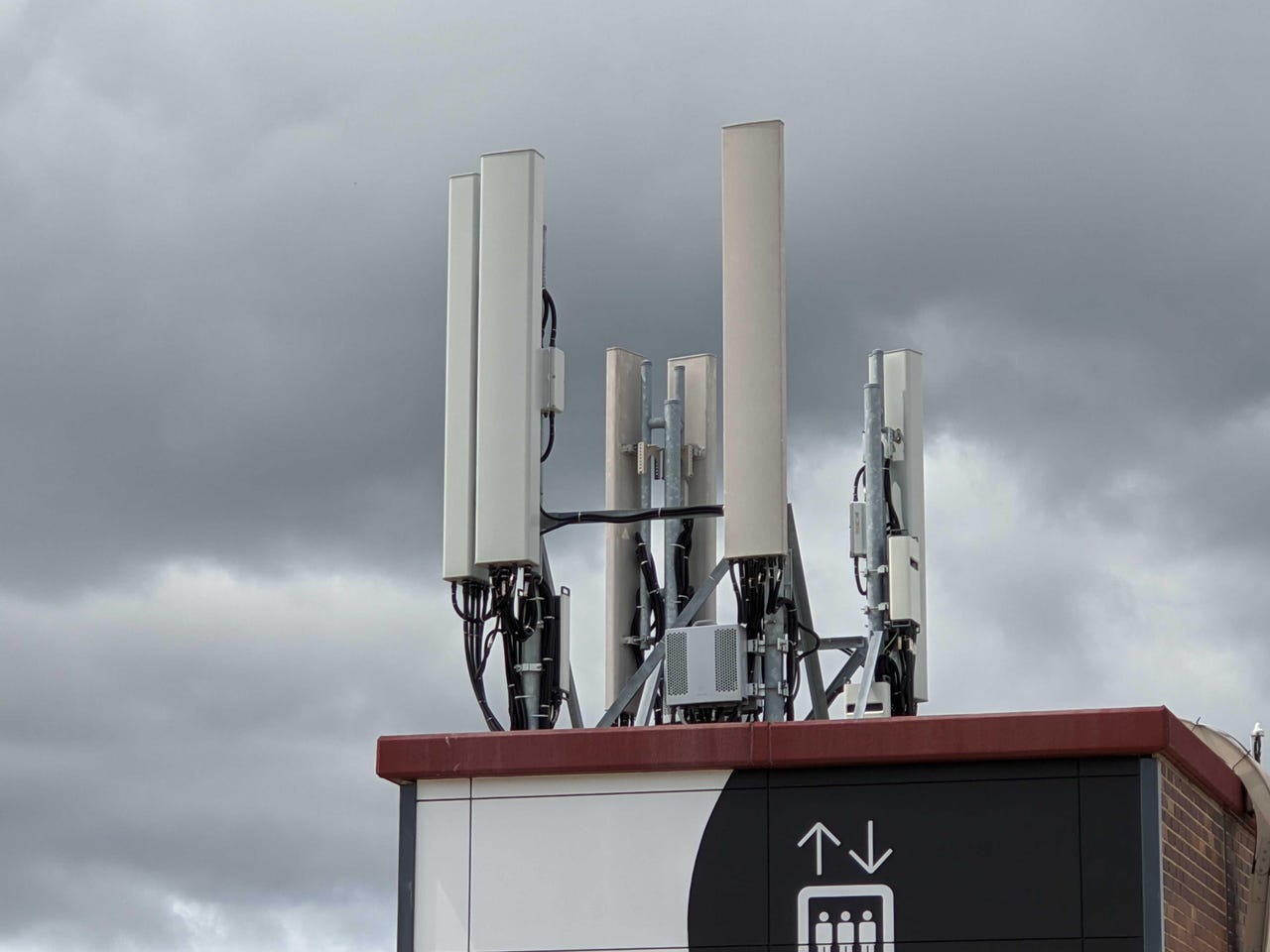Inquiry recommends Australia reviews 5G cyber supply chain risks

The House of Representatives Standing Committee on Communications and the Arts has said it is incumbent on producers of 5G equipment to actively monitor their supply chains for security risks, and that the Australian government needs to produce "strict guidance" on the issue.
The recommendation was contained in the report from the committee's inquiry into the deployment, adoption, and application of 5G in Australia that was tabled on Tuesday afternoon, along with 13 other recommendations.
"Throughout the inquiry, it was evident that 5G networks will have fundamental implications for all Australians, as well as the security of critical infrastructure," the report said.
"Cyber supply chain risks in relation to 5G have the ability to impact upon consumers and national infrastructure in unprecedented ways."
The committee also said it sees "great value" in having equipment vendors manufacture onshore, in terms of both economic benefit and jobs created, and work should be done to consider manufacturing partnerships with Australia's Five Eyes partners, consisting of Canada, New Zealand, the United Kingdom, and the United States.
"To help enable this, the Australian Government should establish a 5G R&D Innovation Fund to fast track the development and scale-up of alternative manufacturing approaches to reduce the duopoly dependency on 5G related equipment," the report recommended.
At the start of the year, Home Affairs Minister Peter Dutton dismissed talk of revisiting the ban slapped on Huawei that prevents it from supplying 5G equipment in Australia, in the face of the UK allowing Huawei into part of its 5G network.
In its hearings, the committee heard from a number of anti-5G groups, who -- amongst stretching analogies about 5G being a ship and stating everyone was going to get scurvy -- said exposure was cumulative and people were being threatened by small cells and nano-satellites. These same groups later backed Moscow-funded Russia Today over western media such as The New York Times.
The report said "communication of the reality of 5G was neglected" and therefore misinformation has rushed in to fill the resultant vacuum.
See also: Facebook comments manifest into real world as neo-luddites torch 5G towers
"Unfortunately, a vast amount of misinformation about the safety and impact of 5G is out there," committee chair Dr David Gillespie said.
"Perhaps some confusion comes from the new spectrum bands 5G will use. The committee heard that 'higher frequency does not mean higher power', and that, in fact, devices will operate at a lower power due to focussing the 5G signal only to where it is required and the increased number of antennae, which means that users will have less exposure than under previous generations of mobile technology."
At the end of last year, the Australian government said it would spend AU$9 million across four years to fight misinformation about 5G and build "public confidence" in the technology, a move that the committee welcomed.
Responding to concerns it heard from Queensland Water and Seqwater on not being able to remove equipment or locate the owners of such equipment, the committee said it was concerned about infrastructure from prior mobile generations remaining in place as 5G equipment continues to be rolled out.
"The committee believes that utility and infrastructure owners who are not able to locate the owner of redundant equipment on their property should be able to apply to AMTA for removal permission," it said.
In other recommendations made, the committee called for spectrum allocation to be "finalised expeditiously"; that the government work with carriers on increasing collocation and equipment sharing, ensuring trials are conducted in regional Australia; that the government increase the number of apprenticeships to assist with the deployment of 5G and to prepare university and TAFE graduates to be "industry-ready" in terms of 5G; and that carriers and government work together to increase awareness of businesses towards 5G use-case, particularly within local government.
Related Coverage
Australian government releases outline for 5G allocation of 850MHz and 900MHz in 2021
Existing users will need to be reallocated spectrum to cater for low-band 5G.
Coronavirus sees New Zealand 5G early access auction binned for direct allocation
Spark and 2degrees get 60MHz each, with Dense Air offered 40MHz.
IBM pulls in Singapore industry partners to trial 5G use cases for manufacturing
IBM will work with M1, Samsung, and Singapore's Infocomm Media Development Authority to showcase 5G use cases for the manufacturing sector, focusing on the use of artificial intelligence for image recognition, video analytics, and predictive maintenance.
Vodafone Australia testing 700Mhz spectrum for 5G
Nokia equipment used in field test around Parramatta.
Huawei Australia sees 5G ban start to bite as carrier business down 21% for 2019
Net profit and revenue were also down by 78% and 10% respectively.
